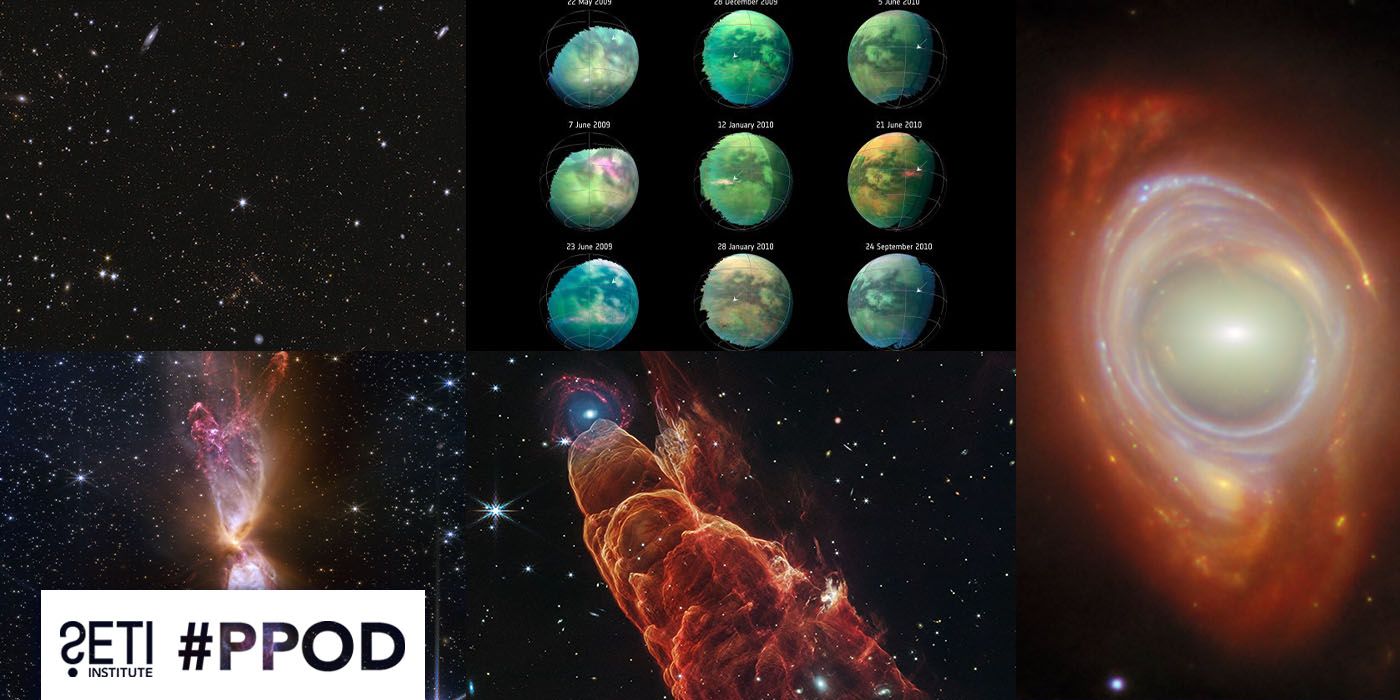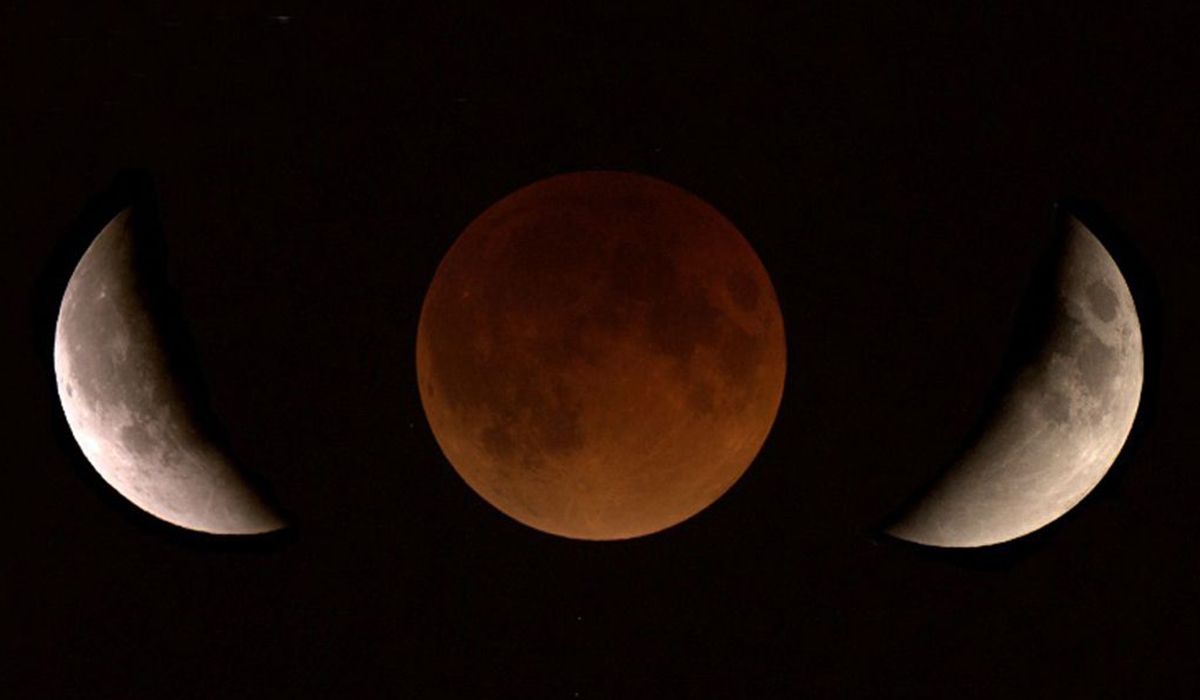IMAGE: Fieldwork at Lagune Caliente lake in Poás volcanic lake, Costa Rica. CREDIT: Justin Wang
Helping us understand the past of Mars, since we haven’t gone there with humans, yet, is studying what we call analog sites here on Earth — places that bear striking similarities to Martian landscapes or features.
In new research published in Frontiers in Astronomy and Space Science led by graduate student Justin Wang, a research team studied the Poás volcano in Costa Rica. The hydrothermal crater lake on the volcano is considered to be one of the most inhospitable locations on Earth, ultra-acidic, and full of toxic metals. The water temperature can range from pleasant and comfortable to, well, boiling.
Oh, and rock and ash explosions happen on a recurring basis. So really not good for life.
And yet. And yet, over the past ten years, they have found microbes living in the lake. In fact, while they only found one species there back in 2013, the 2017 visit revealed some biodiversity occurring.
A DNA sequencing of the organisms found biochemical capabilities that help them tolerate the conditions. Per the press release: These included pathways to create energy using sulfur, iron, arsenic, carbon fixation (like plants), both simple and complex sugars, and bioplastic granules (which microorganisms can create and use as energy and carbon reserves during stress or starvation).
Overall, this research provides another avenue to examine when it comes to Mars analog sites. Volcanoes may seem to be bad for life, but they actually aren’t.
More Information
- Extremely harsh volcanic lake shows how life might have existed on Mars (EurekAlert)
- “Microbial Survival in an Extreme Martian Analog Ecosystem: Poás Volcano, Costa Rica,” Justin L. Wang, Nicholas B. Dragone, Geoffroy Avard and Brian M. Hynek, 2022 January 28, Frontiers in Astronomy and Space Sciences
This story was written for the Daily Space podcast/YouTube series. Want more news from myself, Dr. Pamela Gay, and Erik Madaus? Check out DailySpace.org.
Originally published for medium.com.
News
Related News
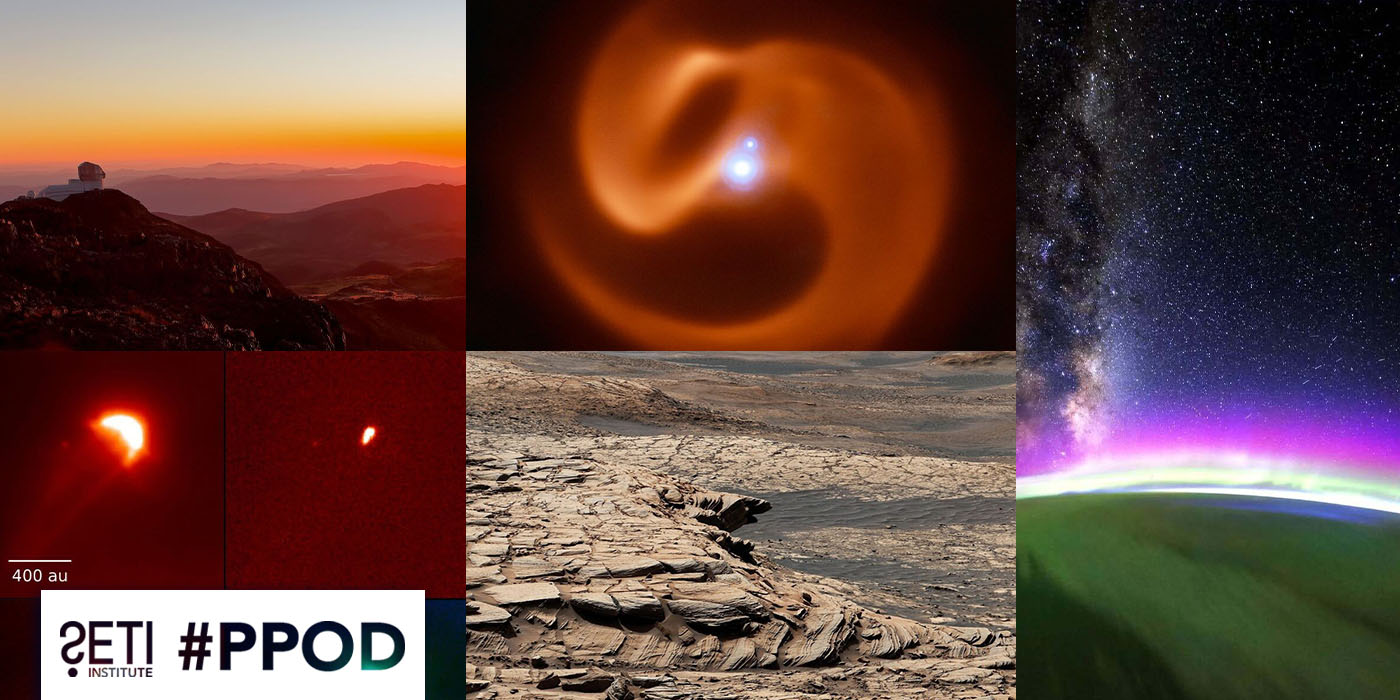
Planetary Picture of the Day - Week of May 19, 2025
#PPOD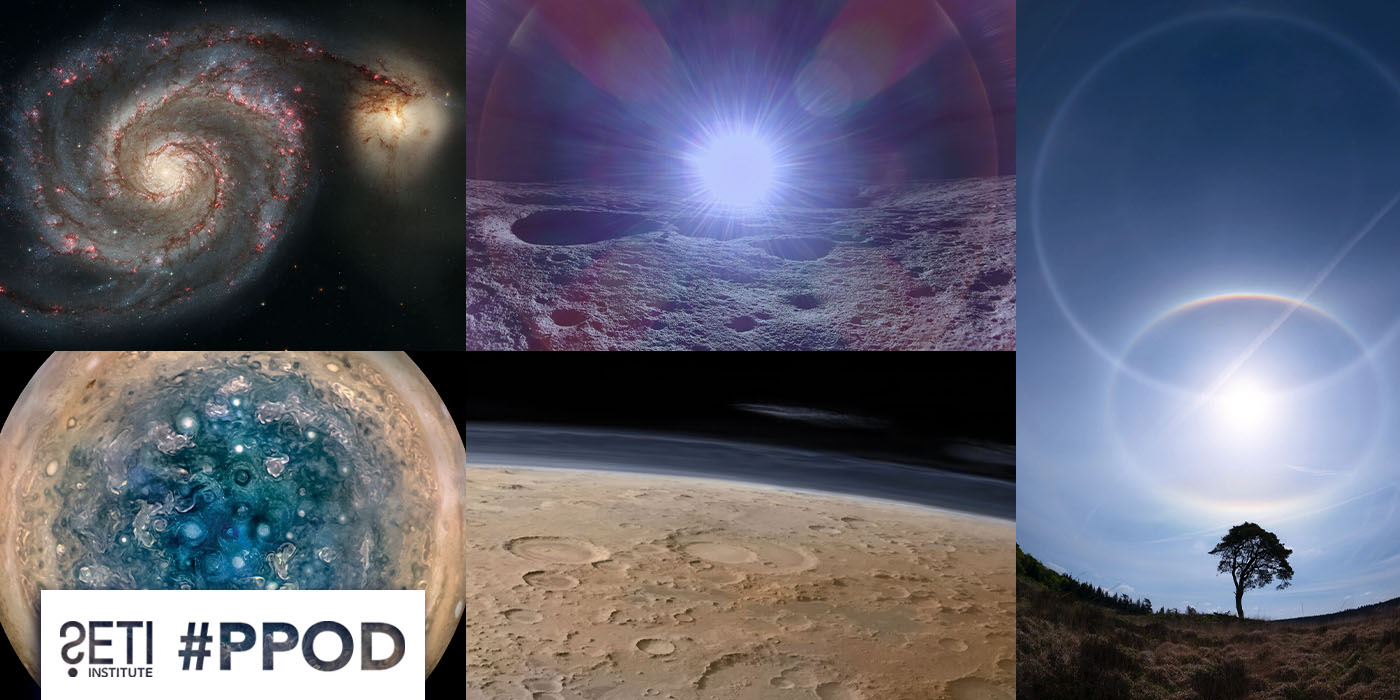
Planetary Picture of the Day Week of May 12, 2025
#PPOD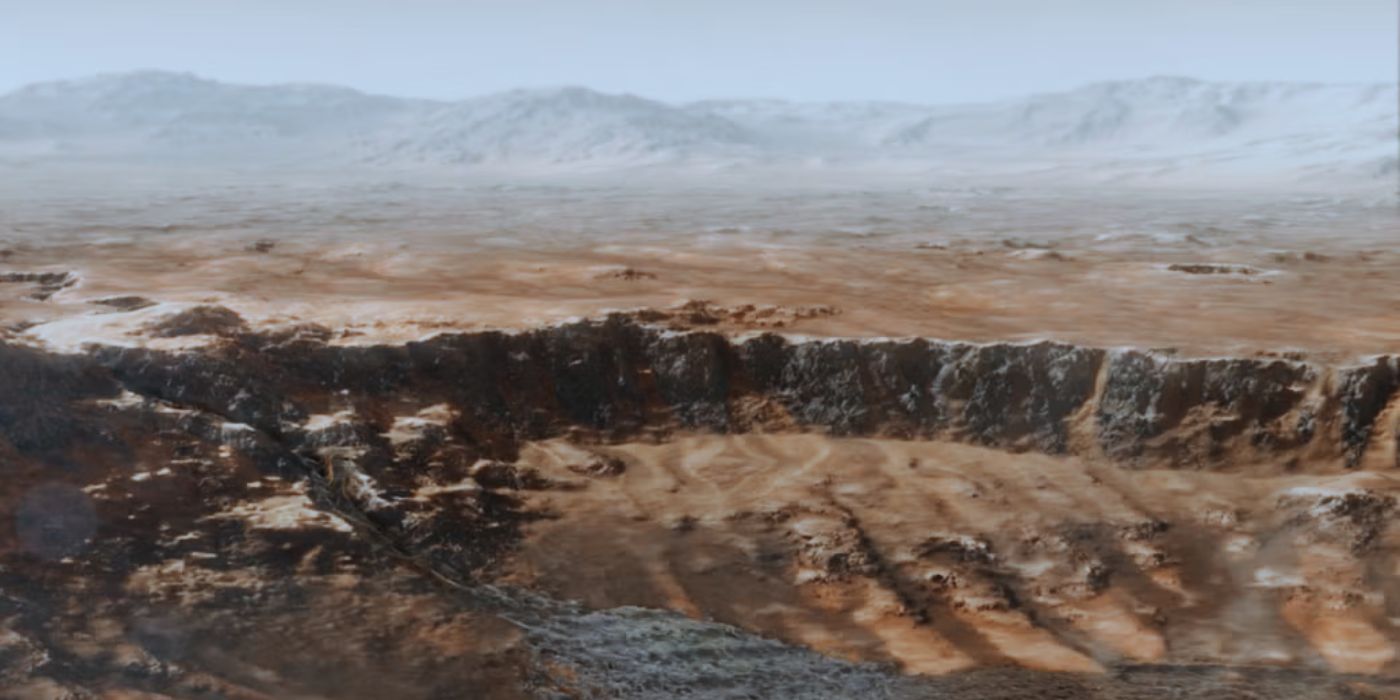
Red Planet, Blue Past: What Ancient Rain on Mars Tells Us About Its Watery History
#Mars #Solar System #AstrobiologyResearch
Related Projects
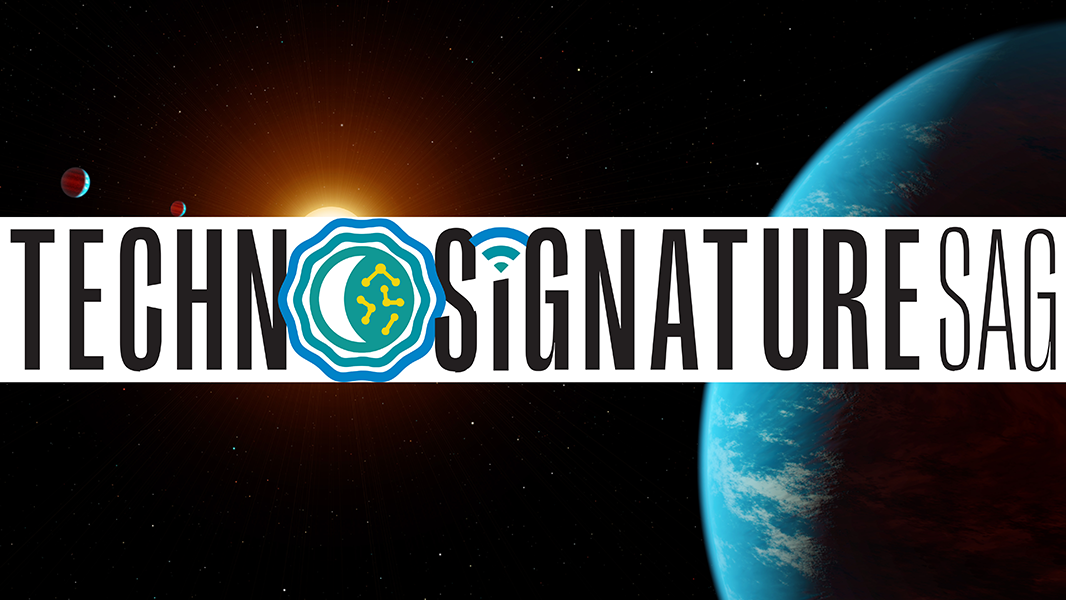
Technosignatures SAG
Technosignatures SAG is a group of volunteer experts who have been chartered by NASA to produce a report to NASA’s Exoplanet Exploration Program, containing the results of its analysis on how NASA can better integrate technosignature search into its portfolio. #Technosignatures SAG #Technosignatures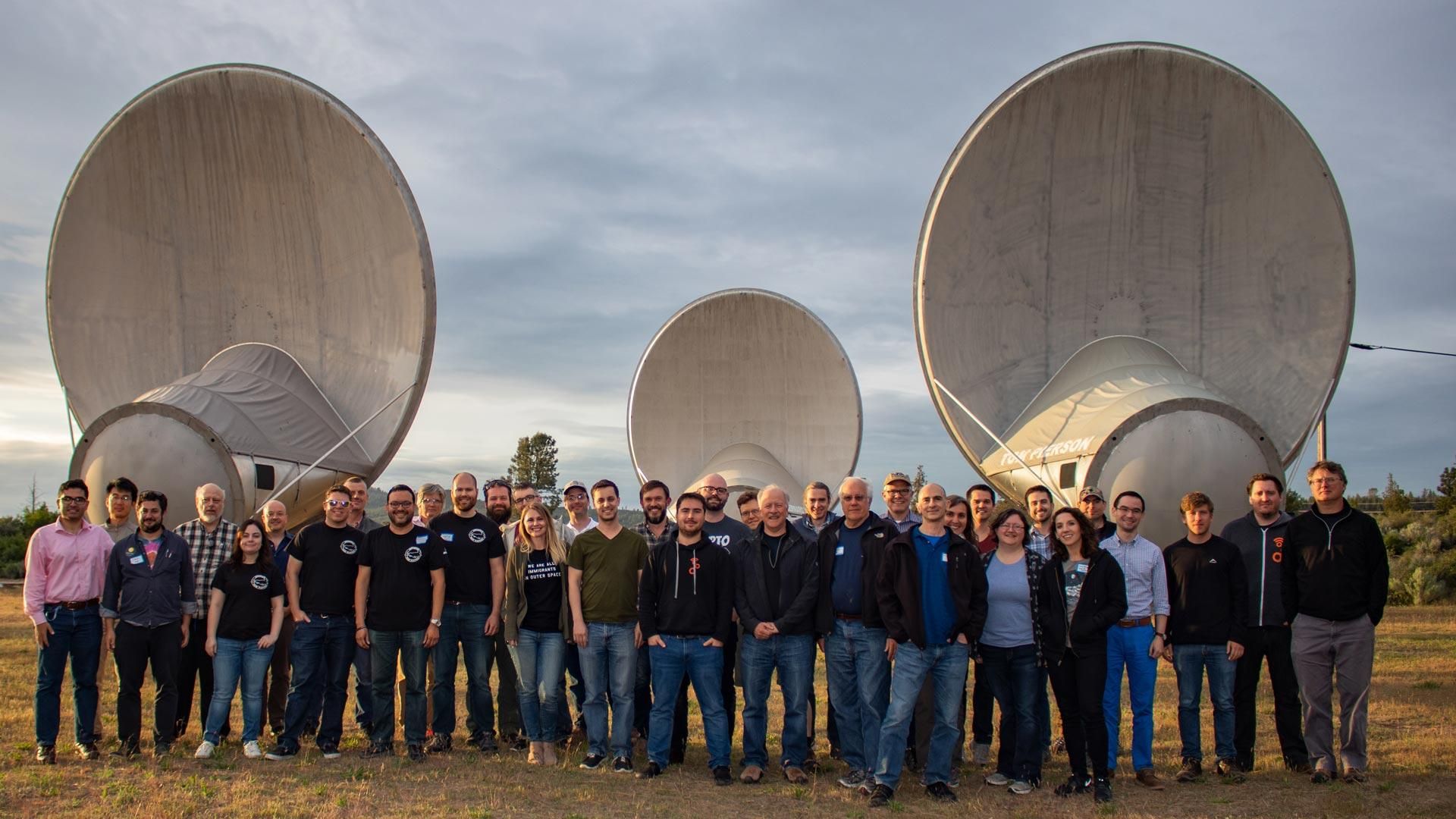
GNU Radio and SETI
GNU technology could revolutionize the development of receiving equipment for SETI (and for radio astronomy in general.) It promises to speed the design of new receivers, and to allow scientists to quickly change how data are analyzed and displayed. #GNU Radio #Radio Astronomy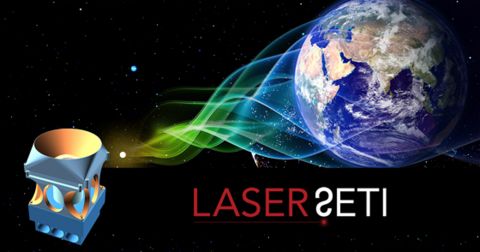
LaserSETI
SETI Institute’s LaserSETI program is building a network of instruments to monitor the entire night sky. This network represents an unprecedented growth in the continuing search for manifestations of sophisticated intelligence beyond Earth. #LaserSETI #Optical SETISupport the
SETI Institute
Scientists are getting closer in their search for life beyond earth. But with limited federal funding for the search for extraterrestrial intelligence, supporters are the reason cutting-edge scientists can keep their eyes on the sky.
)
